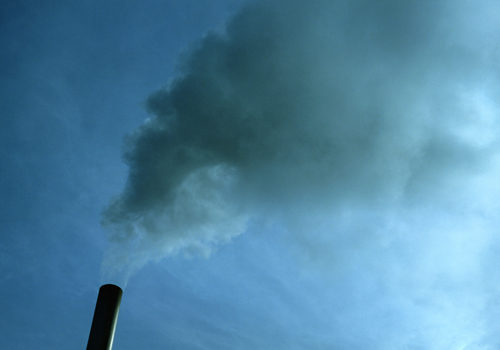Lima, Peru—The latest round of United Nations climate change negotiations, held here, wrapped up in mid-December, and resulted in agreements many hailed as weak. Meanwhile, the latest numbers confirm carbon emissions are still rising, driven by the industrialization of countries like China.
November’s surprise agreement on carbon emission reductions between the United States and China created hope for productive talks in Lima. Many disappointed observers feel delegates instead delivered a continued stalemate over the division of responsibility between rich and poor countries, and a lack of commitment to funding. Leaders still voice hope that nations are on track to come to a major, ambitious agreement on climate change when the U.N. climate talks resume in Paris in December 2015.
The joint announcement by the United States and China was seen as a breakthrough, as commitments to reduce greenhouse gases from the world’s two biggest emitters are crucial to the effort to arrive at a global climate pact. China agreed to begin reducing emissions by 2030 or earlier, while the United States improved on previous pledges by saying it will cut emissions to 26–28% below 2005 levels by 2025.
The climate conference in Peru overflowed its two-week schedule so that delegates could approve a framework for the 2015 summit in Paris. Wrangling over the wording of the text in key areas delayed the deal. Developing countries rejected a late draft amid complaints that developed nations were avoiding their share of responsibility for mitigating climate change and its impacts. The final draft of the deal stated that countries have “common but differentiated responsibilities” when it comes to addressing climate change. Environmental groups ripped the outcome of Lima, with chief of climate policy for WWF Sam Smith stating, “The text went from weak to weaker to weakest and it’s very weak indeed.”
A new report from the Worldwatch Institute shows how little time there may be to waste. It says scientists estimate that total future emissions of CO2 can’t exceed 1,200 billion tons if Earth’s temperature is to be kept from increasing more than two degrees Celsius. two degrees is the threshold past which many scientists warn that “severe and irreversible environmental effects” may occur, according to the report. At the current rate of emissions, this total emissions quota may be reached within a generation. To make matters worse, we continue to move in the wrong direction, as the report states that 2014 global emissions of CO2 are projected to reach 37 billion tons, or 2.5% higher than 2013 emissions.
Current energy policy is part of the problem. Prices of fossil fuels have gone down as nations have focused on expanding supply, including the United States’ emphasis on fracking for natural gas. The Worldwatch report says three additional greenhouse gases, besides CO2, that are primarily responsible for climate change are methane, nitrous oxide and chlorofluorocarbons. Methane traps 86 times the amount of atmospheric heat that CO2 does. Satellite evidence shows methane leakage from the drilling and pipeline delivery of natural gas offsets any climate benefits natural gas may bring over the use of coal.
Published in WholeFoods Magazine, February 2015










